High-performance brake supplier Brembo has launched a revolutionary electronic braking system called Sensify, which could be the most significant advance for braking technology since the advent of the anti-lock braking system (ABS) in the 1970s.
Sensify combines artificial intelligence with traditional brake technology to provide individual brake pressure per wheel, rather than per axle. An actuator on each wheel is triggered by an electronic control unit that constantly monitors all parameters that affect brake performance, including road surface friction, vehicle mass, weight distribution, speed and steering angle.
Two ECUs are fitted, one front and one rear. They're connected for failsafe reasons but send commands to actuators separately. The actuators have double windings for safety reasons, with Brembo claiming to have secured type approval from authorities in all markets.
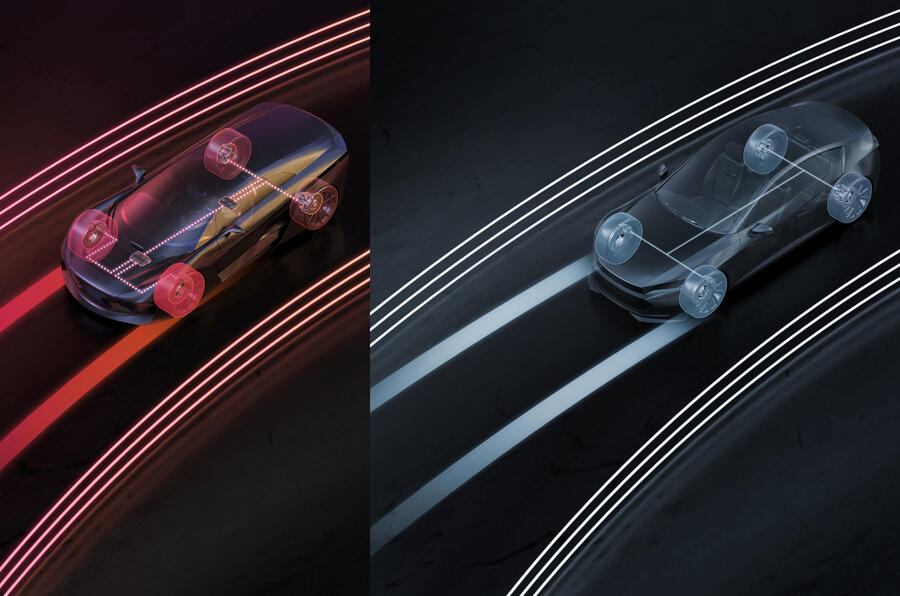
When the ECU receives an input signal, it calculates the force required by each wheel within milliseconds, then sends a command to each actuator, which in turn activates the connected calliper. Although calliper pressure is applied via hydraulics, Brembo stresses that the system is fully electronic, with hydraulics merely applying the required force.
Although activation on test cars was via traditional foot pedals for ‘feel’ purposes, electronic switches or buttons could readily be substituted, as the pedal merely provides input to the ECU.
Artificial intelligence prevents lock-up, while anti-skid and traction-control systems can be readily incorporated to provide fully integrated suites of driver aids at little additional cost. However, Sensify’s complexity makes retrofitting impossible.
The system has major advantages over traditional systems, not least its compact size and light weight, while its capacity to consistently adapt to vehicle weight makes it ideal for delivery vehicles, whose weight can vary by as much as three tonnes according to load.

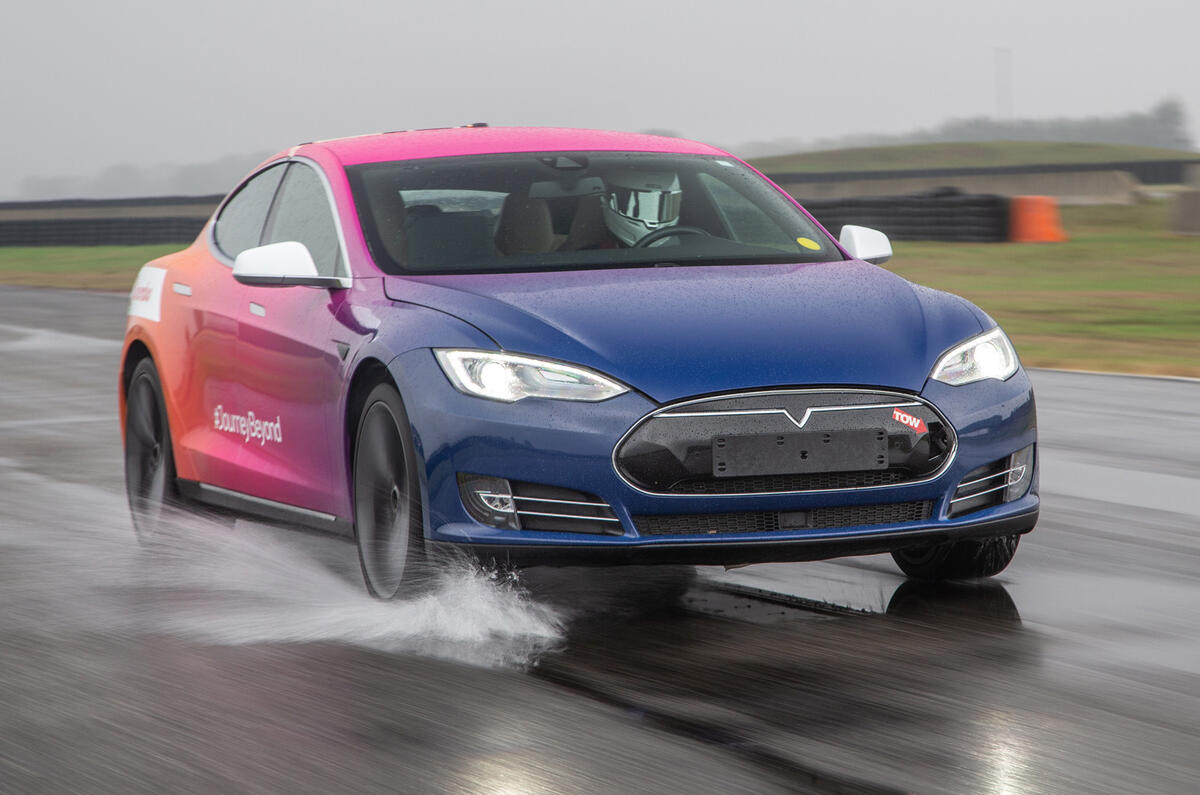
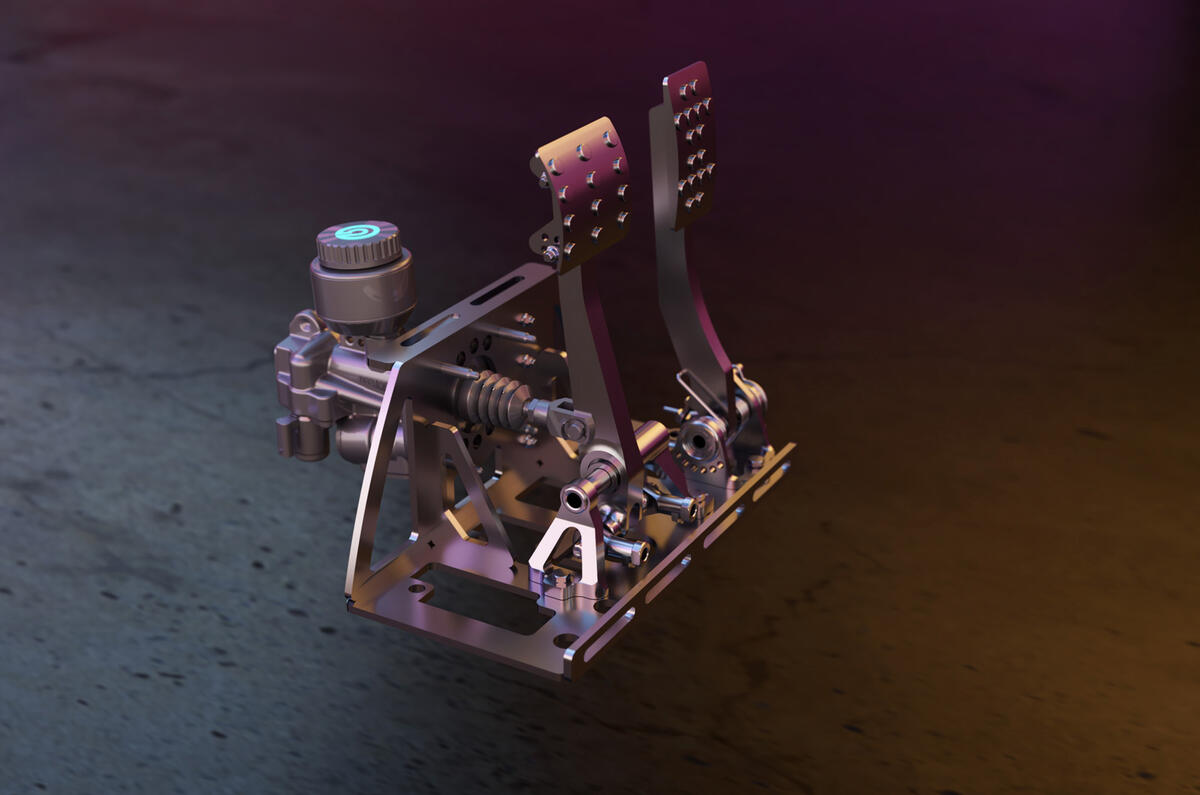
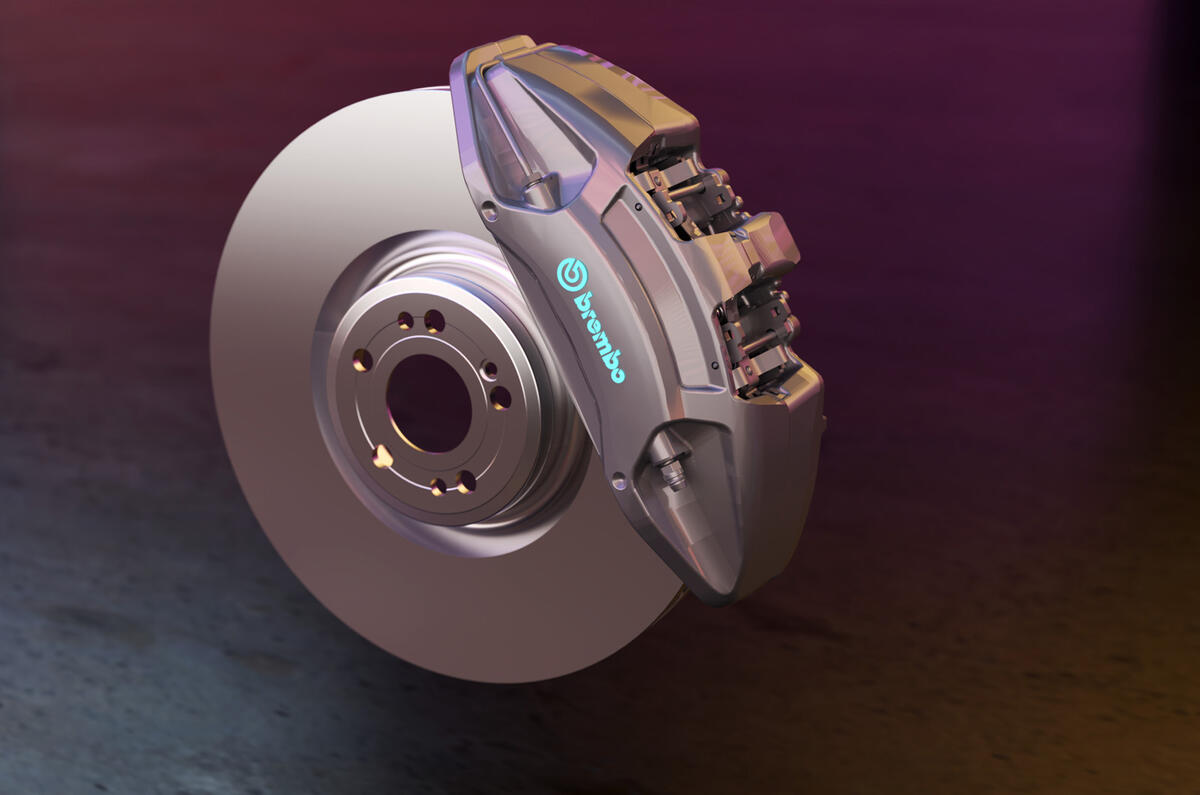
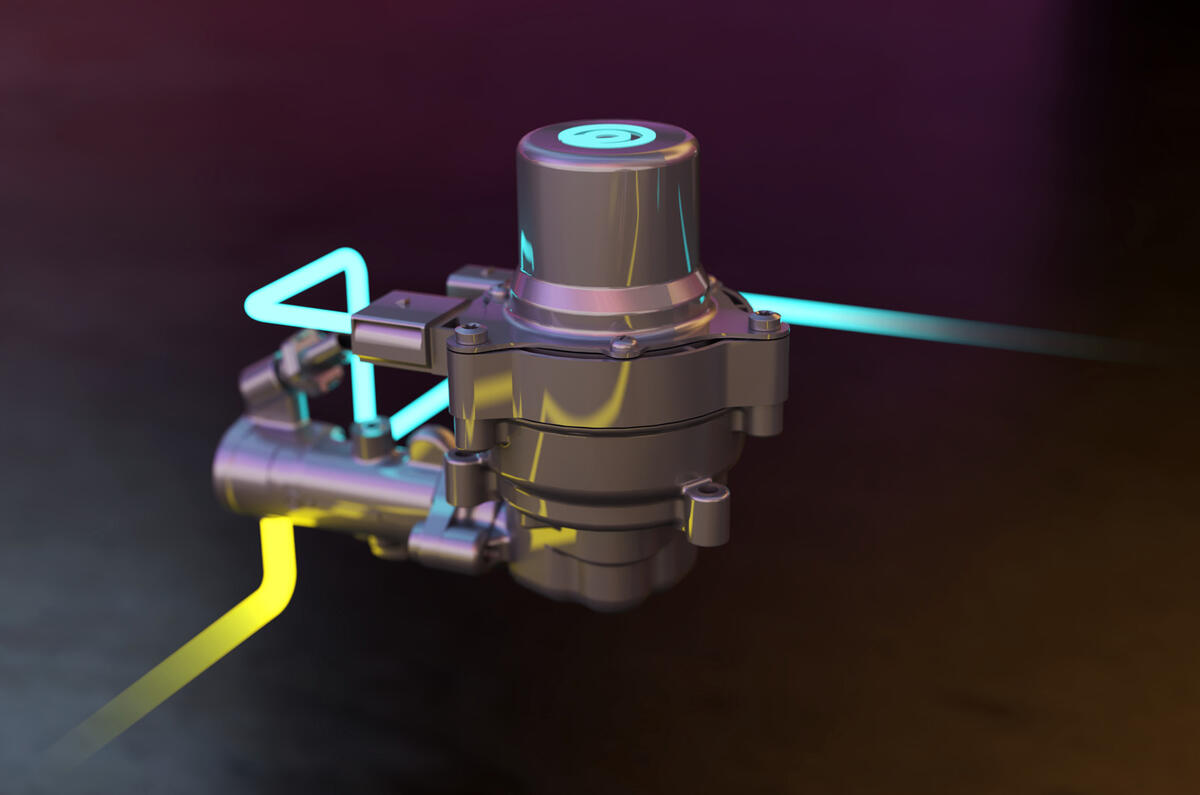
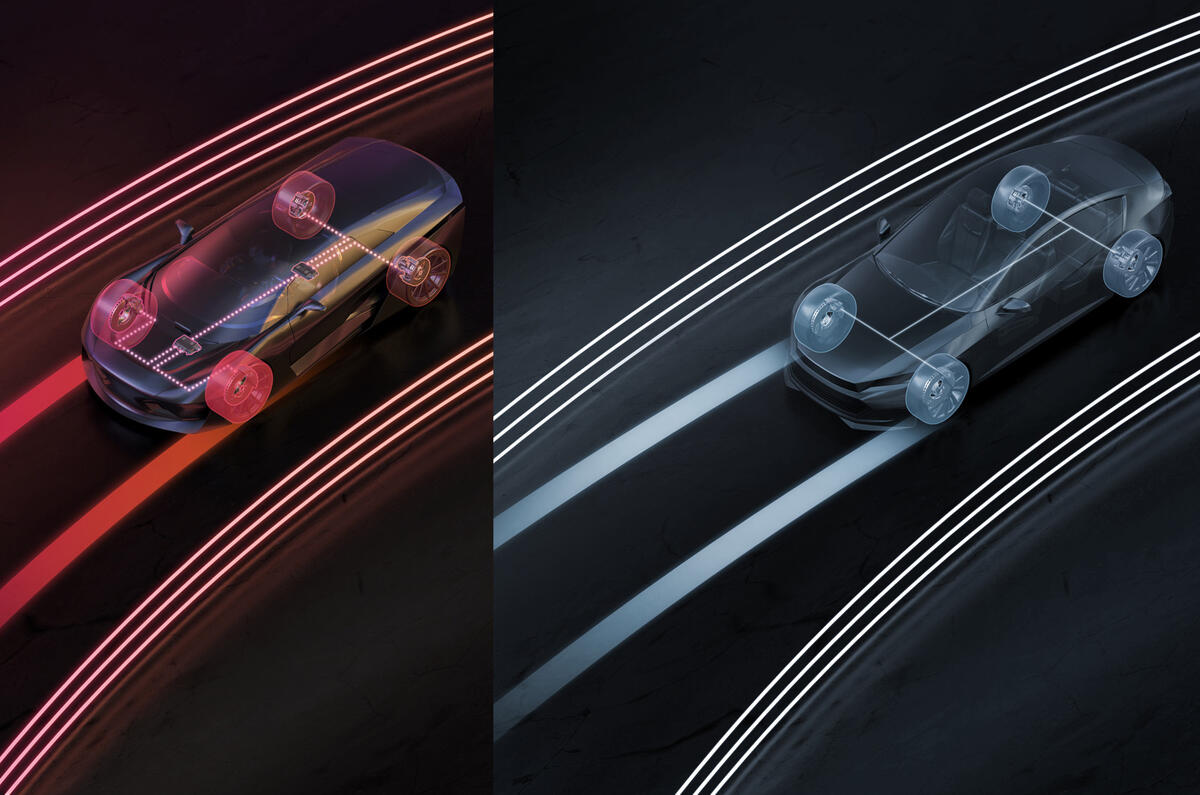
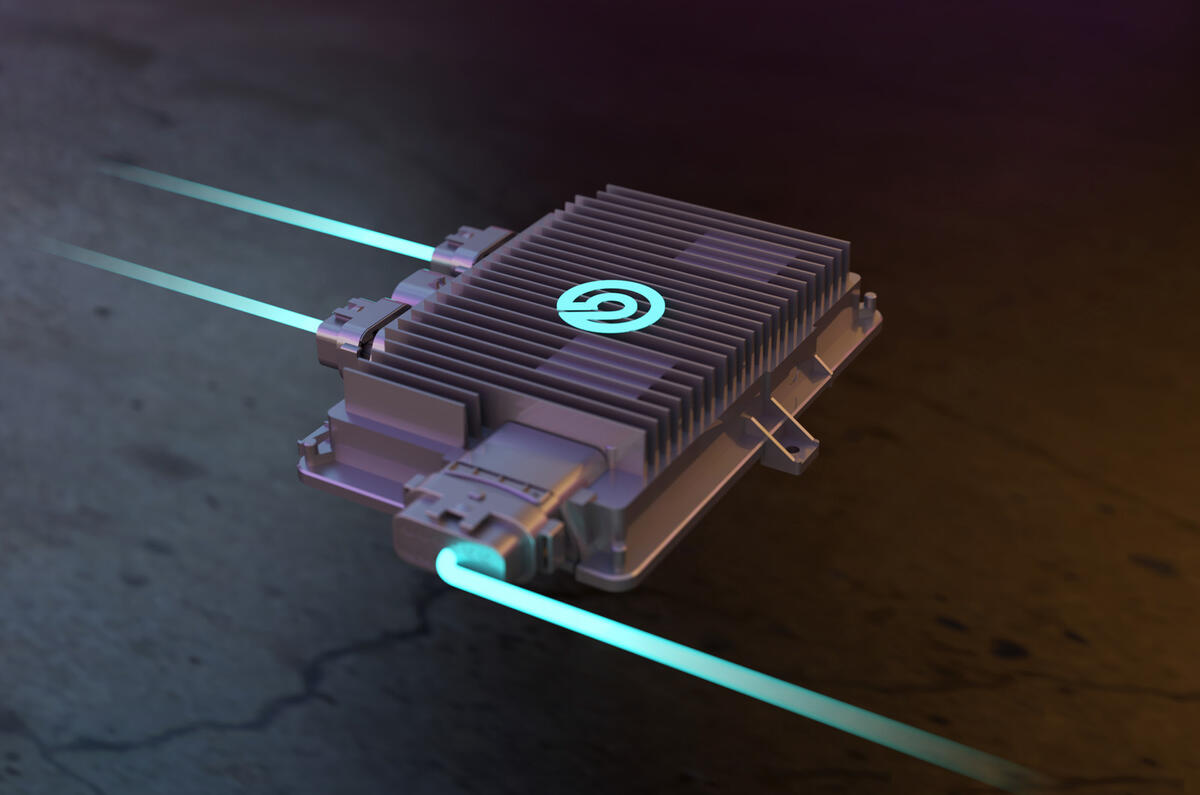
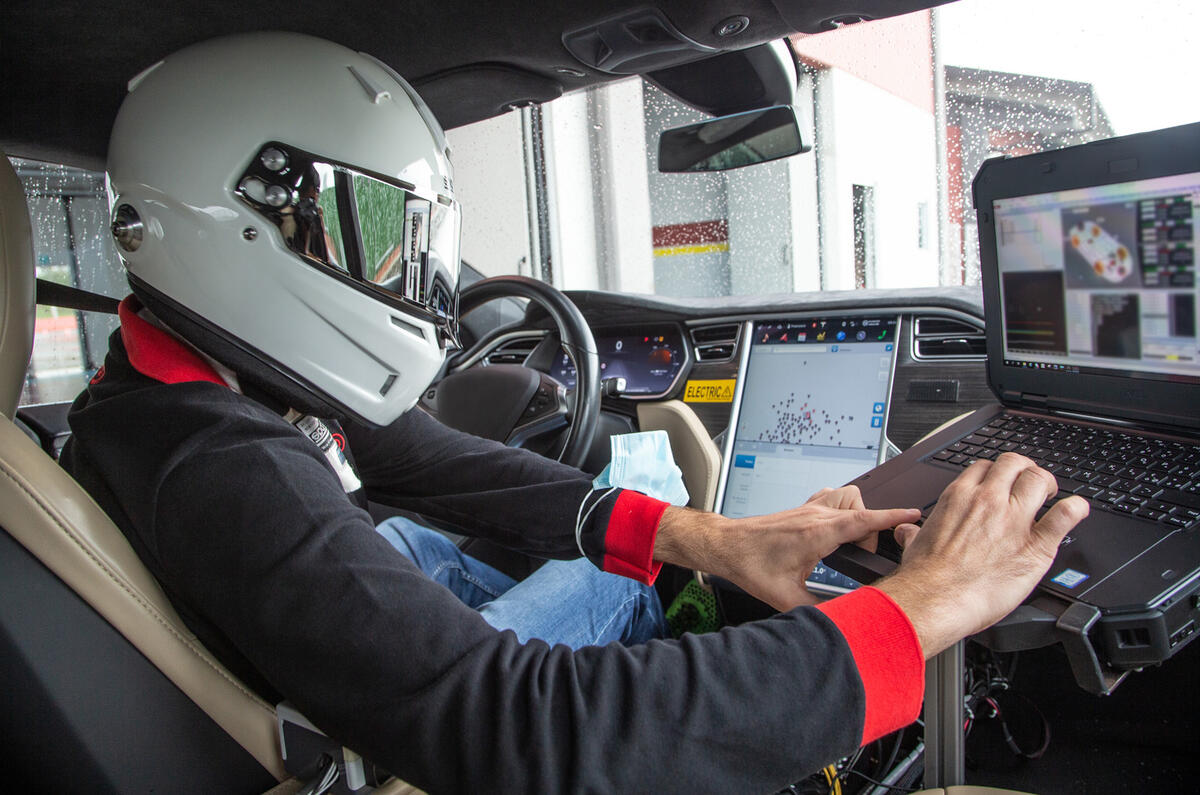

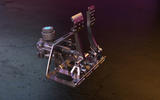
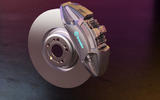





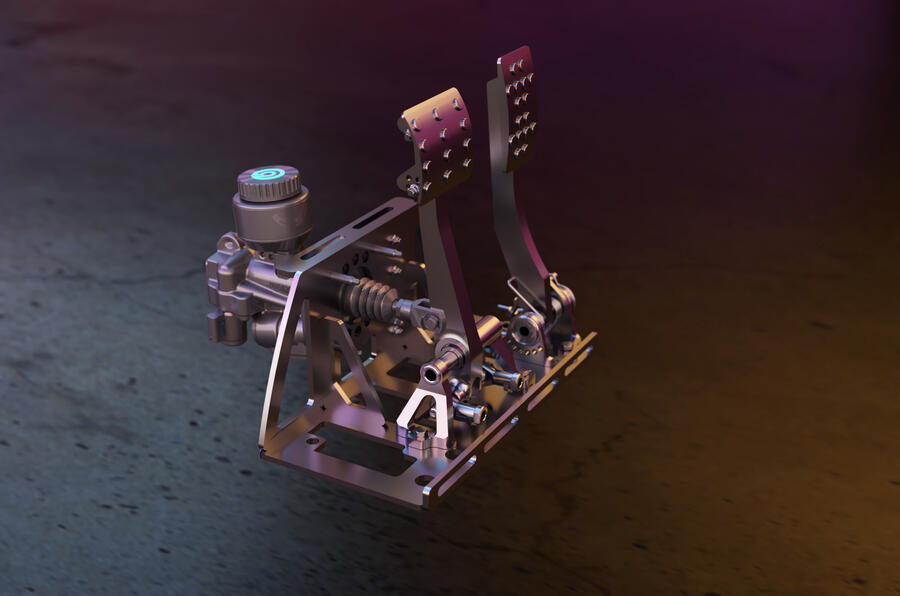
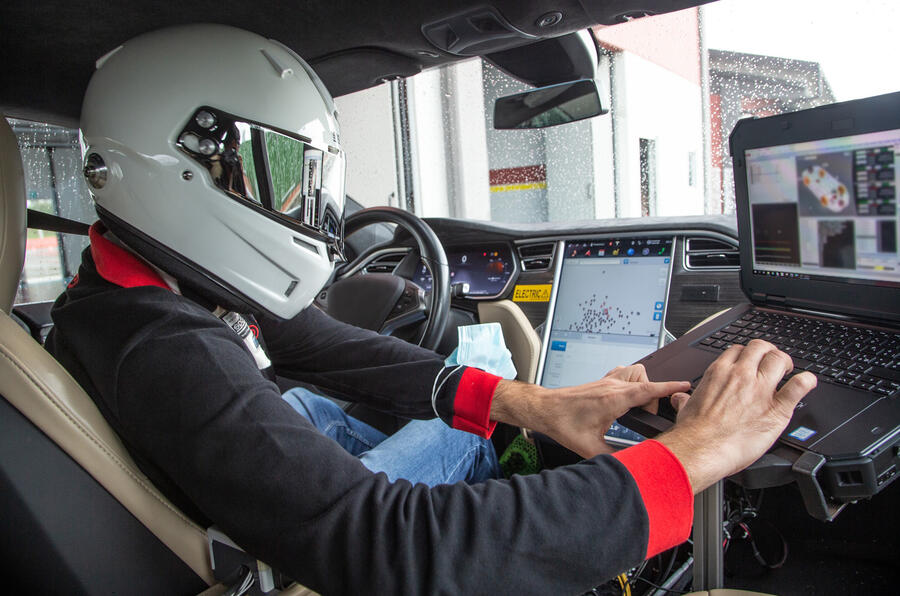


Join the debate
Add your comment
Well, a much ignored subject these Days, not many Mags do tests like these even pre- pandemic,and jud by your enthusiasm, this system is going to reduce some accidents.